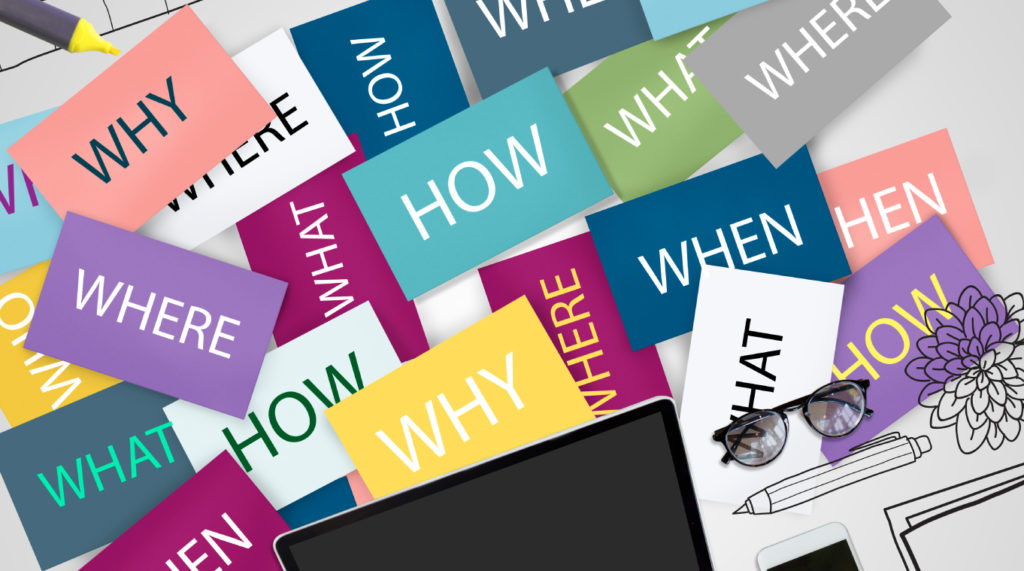A classroom is a place where a student and teacher can interact with each other. Over a long period, education is solely based upon effective learning where any student can ask their queries. After the global pandemic, the education system has completely changed and transformed into online education. For the betterment of online learning, it is crucial to know all the tactics of classroom questioning techniques as it helps you to understand a student’s knowledge about a particular topic. The Classplus portal conveys to you the real-time experience of education where teachers can interact with their students and bring the best out of them.

How do questioning techniques impact students?
Questioning techniques in teaching and learning not only encourage students to think critically but also allow lecturers to assess whether their students understand a selected idea. This requires the teacher to be prepared to come back with the right questions to prompt students to supply responses that measure the class of each relevant and higher general.
Critical thinking shows that your students are willing to transcend what is on the surface and dig very deep to answer a given question. This means that the teacher does not need to raise a basic question such as “Who measures up to most characters within the story?” Instead, the teacher can state “How much progress does each of the class measure?”
Students not only have to be prepared to establish as many characters as possible, but they also have to understand the plot to give an emotional answer to the latter question. This type of inquiry, if done systematically, can develop essential thinking skills that students will love as learners.
Role of Classroom Teaching Strategies
Whether we are a student or doing any professional course, the classroom teaching strategies convey a real-time mirror for all of us. With the help of a better teaching strategy, a student can easily find out their mistakes. The basic classroom teaching strategies are as given below:
Known to Unknown- Before teaching any concept to the students it is necessary to know the mindset of each student. Each student has a different mindset and ability to understand things. Same as here, cross-questioning among the students not only helps to elaborate the classroom teaching but also helps to find out the real knowledge of students.
Questioning Skills- The best teacher always keeps their attention on every student. Questioning skills tells about the intellectual level of the classroom so that the teacher can treat a student individually as per their capability.
Accept the Mistakes- No one is perfect on their own. Everyone makes mistakes but we should accept such mistakes and try to recognize them. Instead of finding out the mistakes in the classroom, it would be better to solve them instantly.
Make a Positive Atmosphere- Each student has a different mindset in a classroom. Any kind of personal offense, sarcasm or teasing can feel down to the student.
Take Time- Instead of learning like a crammer student, it would be better to give enough time. The easier you will study, the better understanding you will get. Before exploring the new things a teacher should have to follow basic tactics to teach the students in a classroom.
Moreover, if you are a teacher and willing to build your own identity as a teacher. Then you should follow all those paradigms that cover all the aspects of a student’s life. Classroom questioning stuff allows students to clear their doubts and find out the real solution to a problem.
Whether you are a student in a school classroom or an online classroom, everyone has faced doubts. A suitable classroom learning program always takes care of such things and tries to give its best to enhance students’ intellect.
How to make questioning skills better?
It is important to understand the forms that ask the question and how to use them. However, developing your use of questioning skills isn’t nearly the question you ask, although there’s little doubt that you’re going to be building the built-in attribute. Rather than questions requiring only data recall, they should encourage learning dialogue, thus the student reviewing is very actively engaged, for example, you may ask ‘Will you increase this?’ can pick up. This then supports the broader feature of assessment for learning.
The first step is reflecting on your current observation. Be honest about your magnitude relationship to the upper and lower order questions and the amount of wait time you will supply.
- Are you getting away with enough wait times so that learners have a moment to trust their responses? It allows learners to respond and not just jump into a situation where learning will be limited. Methods of victim response such as a speaking partner or basketball questions will encourage discussion. What tools does one provide for giving feedback to your learners? Can you introduce new methods like mini whiteboards, lolly-sticks, or the cause, pause, bounce method?
- Reflect on what you are learning about each student from their responses to your questions. Can your questions be rewritten to give you a deeper understanding of their underlying thinking and possible misconceptions?
Classroom questioning is one of the prominent methods that allow students to clarify their doubts during interactive sessions. Recently several applications are operating that majorly provide education stuff and allow teachers to sell their courses online. Teachers need to develop new methods of questioning to ensure maximum benefits to students.



